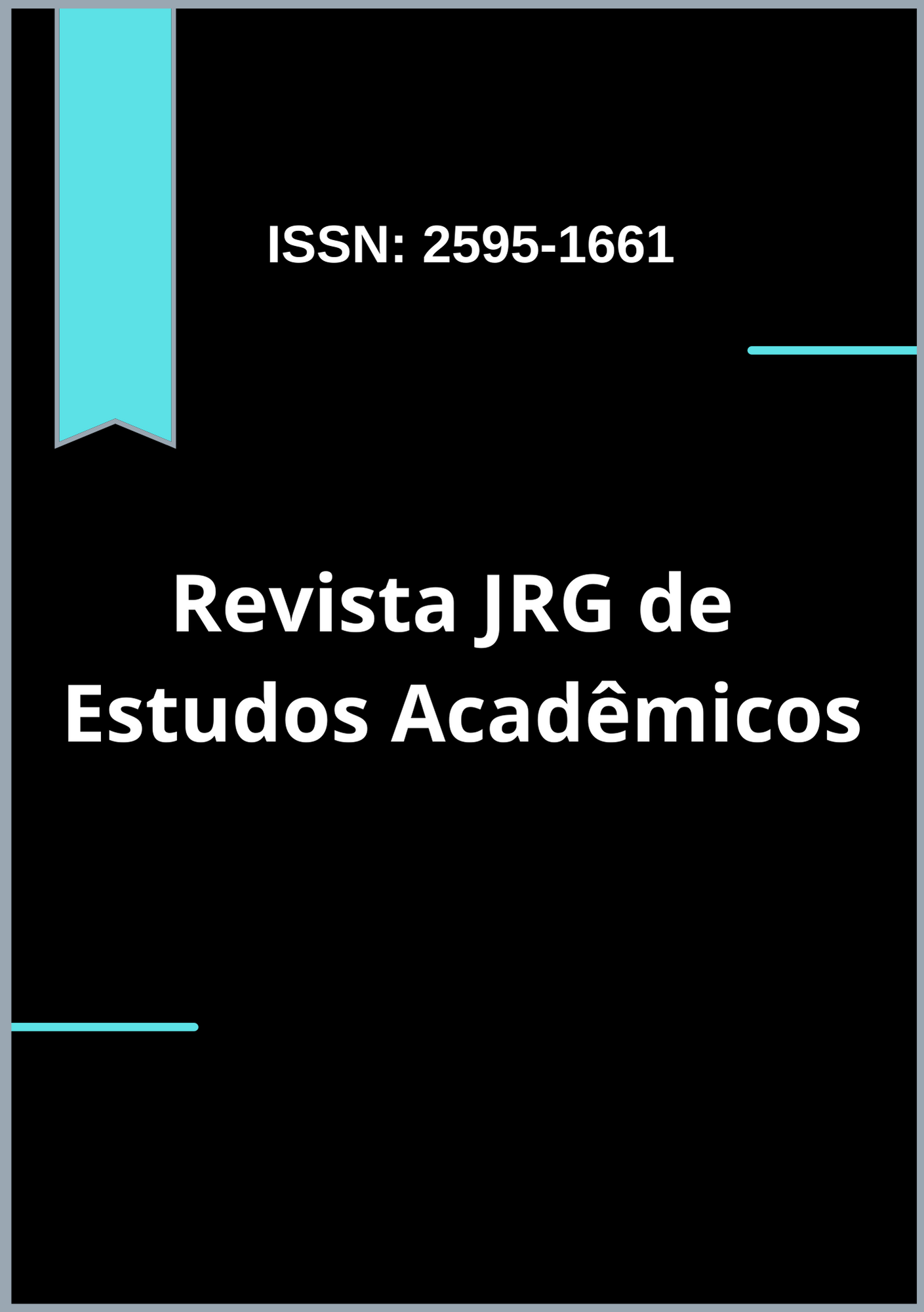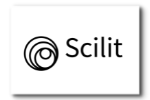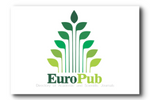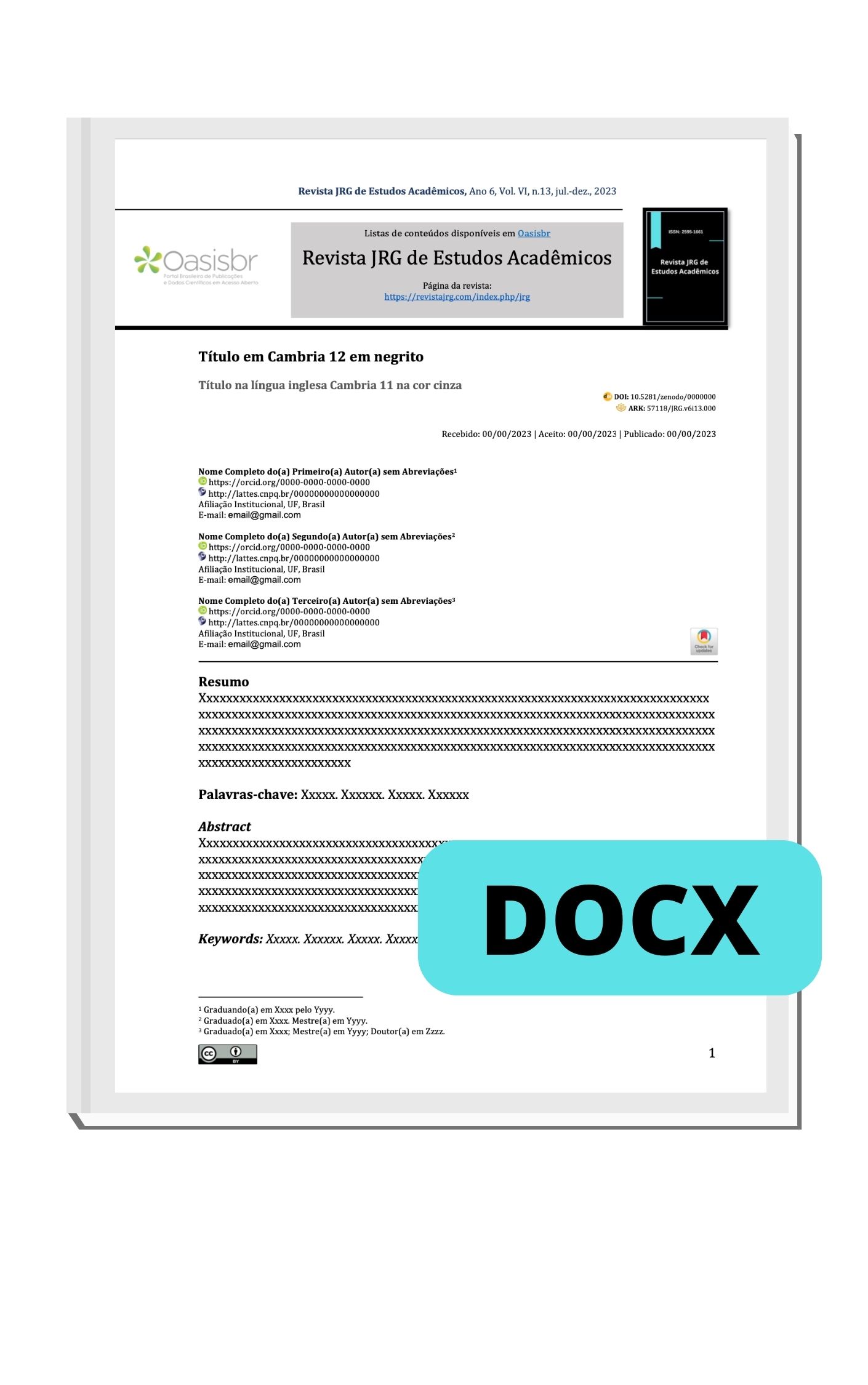Development of a formulation for topical use based on incremental innovation with active principle Ibuprofen
DOI:
https://doi.org/10.55892/jrg.v6i13.844Keywords:
Anti-inflammatory, Gel, Innovation, Inflammation, ProstaglandinAbstract
This work proposes the development of a topical formulation containing Ibuprofen, as an alternative to oral anti-inflammatory drugs. Currently, systemic use of these medications can cause undesirable side effects, such as dizziness, nausea and gastrointestinal problems. Therefore, this incremental topical formulation seeks to reduce these side effects, avoiding the need for oral ingestion, reducing drug interactions and improving treatment adherence. The justification for the development of this formulation is based on the problems caused by the indiscriminate use of oral anti-inflammatories, which are being widely used without a medical prescription. Ibuprofen is an example of these medications, being used to relieve muscle pain and arthritis, reducing the production of prostaglandins associated with inflammation and pain. However, its oral use can lead to gastrointestinal complications and liver toxicity. Currently, there is no record of topical formulations of Ibuprofen in Brazil. Therefore, the objective of this research is to propose the development of an incremental topical formulation with the drug Ibuprofen.Pharmacotechnical studies and bench tests were carried out with 5 different formulations, to evaluate the viability and the best pharmaceutical form for this topical formulation. The research methodology was experimental, with market research, pharmacotechnical design, and analyzes of pH, viscosity, density, organoleptic characteristics and centrifugation test. As a result, a topical semi-solid product was obtained with a 5% Ibuprofen gel formulation, using a non-ionic gel with the thickener hydroxyethylcellulose, being an alternative to be considered as a substitute for the oral use of the active Ibuprofen and with high potential for a marketable drug. . The product remained stable and within the evaluated parameters and with satisfactory results for pH, viscosity, density, organoleptic characteristics and centrifugation test analyses.
Downloads
References
ANDRIOLI, Andrea; PRADO. Livia Deris; COSTA, Maíra Assis; ROCHA, Helvécio Vinícius Antunes. Caracterização do insumo ibuprofeno e a correlação com propriedades de dissolução e de fluxo. Revista de Ciências Farmacêuticas Básica e Aplicada, v. 35, n. 3, 2014.
AULTON, Michael E. TAYLOR, Kevin M. G. Delineamento de Formas Farmacêuticas. [s.l.]: Elsevier, 4.ed., 2016.
BRASIL. Agência Nacional de Vigilância Sanitária. Guia de controle de qualidade de produtos cosméticos. 2.ed, Brasília, 2008.
BRASIL. Monografias Insumos Farmacêuticos e Especialidades. Farmacopéia Brasileira, 6.ed, v.2, 2019.
DERRY, S. MOORE, R. A.; GASKELL, H.; MCLNTYRE, M.; WIFFEN, P.J.; AINEs tópicos para dor musculoesquelética aguda em adultos. Cochrane Database Syst Rev. Jun, 11, 2015. doi: 10.1002/14651858.CD007402.
DUGGAN, K.C.; PRUSAKIEWICZ, J.J.; ROUZER, C.A.; MARNETT, L.J. Differential sensitivity and mechanism of inhibition of COX-2 oxygenation of arachidonic acid and 2-arachidonoylglycerol by ibuprofen and mefenamic acid. Biochemistry, 48, 7353-7355, 2009.
FERREIRA, Anderson de Oliveira. Guia Prático da Farmácia Magistral. [s.l.]: Pharmabooks, 5.ed., v.2, 2018.
HOWARD, Patricia A. DELAFONTAINE, Patrice. Nonsteroidal anti-inflamatory drugs and cardiovascular Risk. J Am Coll Cardiol, 43, 519-25, fev, 2004.
LOYD, Allen V.; POPOVICH, Nicholas G.; HOWARD, Anselc. Formasfarrnacêuticas e sistemas de liberação de fármacos. Porto Alegre: Artmed, 2013.
LOURENÇO, Ana Rita Nunes. Administração tópica de fármacos: Das restrições aos desafios. Lisboa, 2013. 51f, Dissertação de Mestrado, Universidade Lusófona De Humanidades e Tecnologias.
LÜLLMANN, Heinz. Farmacologia: Texto e Atlas. Porto Alegre: Artmed/Panamericana Editora Ltda, 7.ed., 2017.
MENDES , Reila Tainá; STANCZYK, Cassiano Pereira; SORDI, Regina; OTUKI, Michel Fleith; SANTOS, Fábio André; FERNANDES , Daniel. Inibição seletiva da ciclo-oxigenase-2: riscos e benefícios. Revista Brasileira Reumatol. v. 5, 767-782, 2012.
RAO, P. N. Praveen; KNAUS, Edward E. Evolution of Nonsteroidal Anti-Inflammatory Drugs (NSAIDs): Cyclooxygenase (COX) Inhibition and Beyond. J Pharm Pharmaceut Sci, [s. l.], 2008.
ROWE, R. C.; SHESKEY, P. J.; QUINN, M. E.; Handbook of Pharmaceutical Excipients. London: American Pharmacists Association. 6.ed, 2009.











































